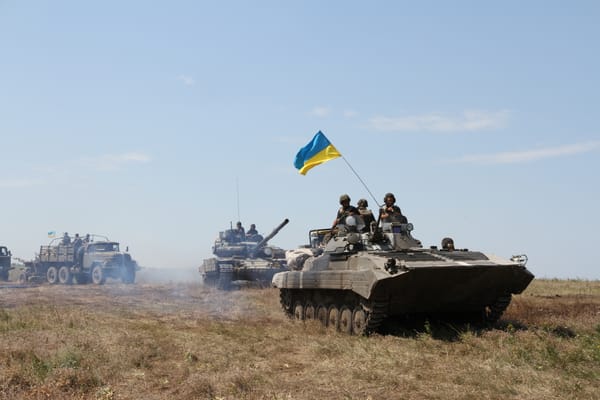What is Ukraine fighting for? The answer may appear obvious: It is fighting to take back its lost territories—the ones that broke away in 2014 (Donetsk and Luhansk, subsequently annexed by Russia), as well as the ones that were annexed by Russia in 2022 (Kherson and Zaporizhzhia), all of which today are largely, though not entirely, under Russian military control. Indeed, Donald Trump himself, in a complete reversal of his stance on the conflict so far, is now saying that he thinks Ukraine, with help from the European Union, could win back all its territories from Russia and restore its original borders.
Some argue that Ukraine’s resistance prevented Russia from overrunning the entire country. But in the immediate aftermath of the invasion, Moscow signaled its readiness to sign an agreement that, in territorial terms, required Kyiv only to recognize the independence of the self-proclaimed Donetsk and Luhansk republics and, of course, Russia’s hold over Crimea. Even after those talks collapsed, largely under pressure from NATO and hardline nationalist forces within Ukraine, Russia never indicated plans to annex territories west of Donetsk, Luhansk, Kherson or Zaporizhzhia—let alone to absorb or permanently occupy the whole of Ukraine.
“Ukraine never had a realistic chance of retaking those territories.”
What has sustained the war for the past three and a half years is, above all, Ukraine’s determination to reclaim the territories under Russian control. Yet even if Ukraine genuinely had a chance of retaking those territories, doing so would still have made little sense from the standpoint of its broader strategic interests.
